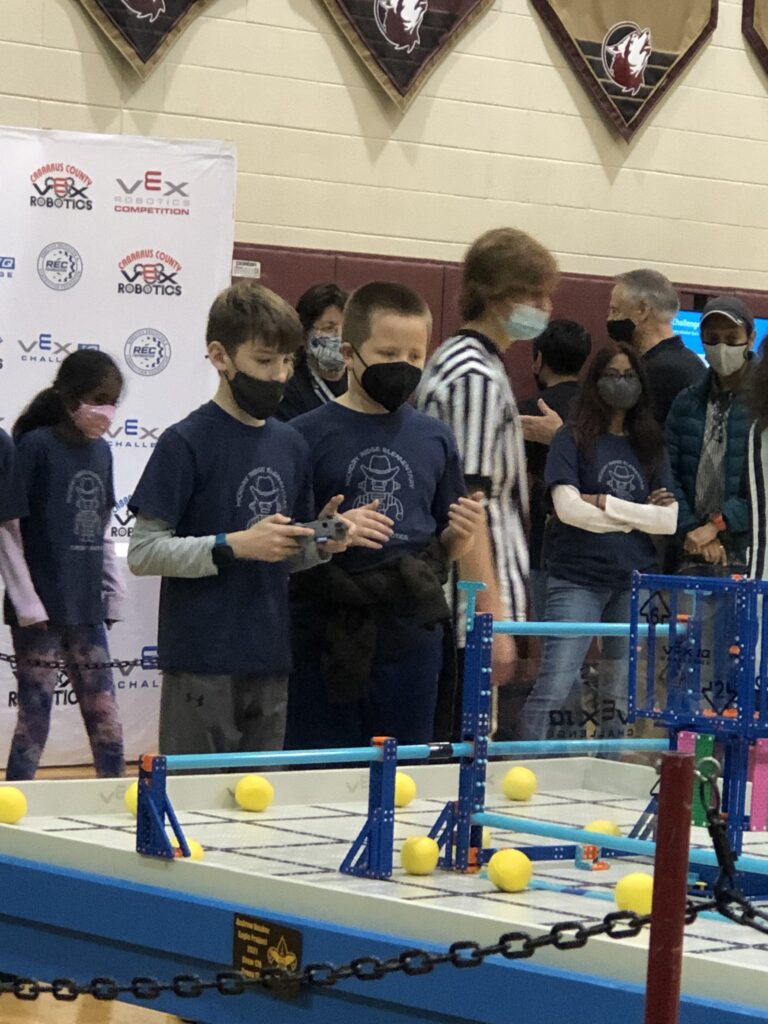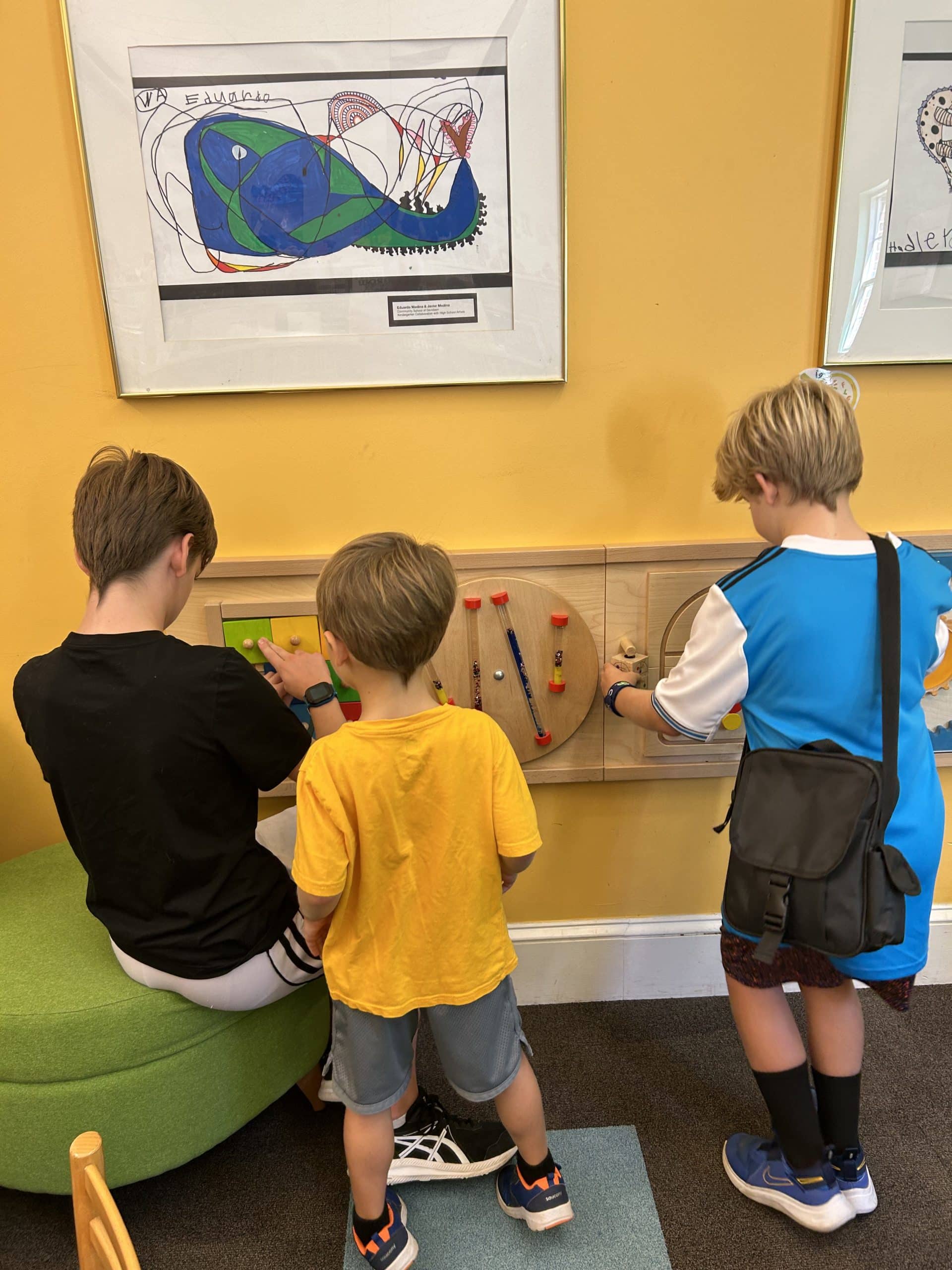Interactive learning relies on a ‘hands-on, minds-on approach to learning. It engages students with guided practice and is teacher facilitated. The process has online and offline classroom components. The classroom component involves students working with peers and groups. Interactive learning develops skills, such as teamwork, listening, critical thinking, and open-ended questions. It also means that information is available to students worldwide. It’s not limited to one area or location as the classroom.
The goal of interactive learning is to make sure students comprehend information rather than memorization of material. Interaction with others through discussions helps the comprehension of content.
Today’s students grow up in a technology-rich environment. They no longer want to sit and listen to a teacher presenting content. Nor do they want to sit and complete worksheets. They need movement and collaboration with peers.
Interactive Learning is Collaborative
Facilitation of this method involves collaboration. It doesn’t matter the subject taught, students learn best in a collaborative setting. Collaboration means group work, consulting, or pair sharing before answering a question. Thus, it leads to thought-provoking answers. Hence, there is no definite answer or way to complete a project. Interaction has no boundaries to learning.
Barriers
Time becomes a barrier. It requires much prep time to prepare for interactive lessons. Students also need time to complete projects.
Classroom size is a hindrance if there are many students. Also, a large classroom of students makes using the technology of a whiteboard difficult for all to see.
Benefits
Interactive teaching outweighs the barriers. Passive learning causes students to lose interest in school and learning. The Proceedings of the National Academy of Sciences show students learned more through the active learning process.
Students exposed to didactic learning forget around 90% of the learning after a few months. With active learning, students apply concepts to the real world. Thus, it requires mental effort on the student’s part. Students have better retention and understanding of the content. They can transfer learning to other situations. The advantages of interactive learning outweigh all. There is no time when repeating facts is necessary.



